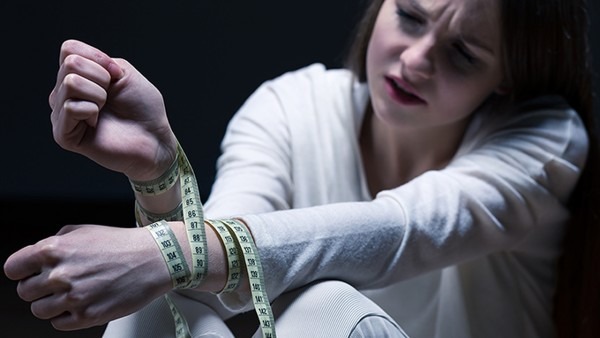Somerset Maugham’s The Moon and Sixpence isn’t just a novel—it’s a scalpel slicing through the polite veneer of society to expose the raw, messy truth of human nature. Based loosely on the life of Paul Gauguin, the book follows Charles Strickland, a stockbroker who abandons his comfortable life to pursue art with ruthless obsession. Maugham’s savage wit doesn’t just entertain; it forces us to confront uncomfortable realities about passion, morality, and the cost of genius. Here’s how three different reads of the novel peel back its layers to reveal life’s harshest truths.

First Read: The Myth of the Tortured Genius
On the surface, Strickland is the archetypal "mad artist"—selfish, cruel, and utterly consumed by his work. He ditches his family, betrays friends, and lives in squalor, all in the name of artistic truth. Maugham doesn’t romanticize this. Instead, he skewers the idea that suffering automatically equals greatness. Strickland isn’t noble; he’s a monster who happens to paint well.
The takeaway? Society loves a tragic genius narrative, but Maugham forces us to ask: Is brilliance an excuse for cruelty? Strickland’s art may be transcendent, but his humanity is bankrupt. It’s a brutal reminder that talent doesn’t absolve someone of being a terrible person.
Second Read: The Illusion of Freedom
Strickland’s escape to Tahiti seems like the ultimate act of liberation—ditching bourgeois expectations to live authentically. But Maugham, ever the cynic, shows that freedom is never that simple. Strickland trades one set of chains (social obligations) for another (his own relentless drive). He’s not free; he’s enslaved by his obsession.
Even in paradise, he’s miserable, diseased, and blind, yet still painting. The irony? The very thing that was supposed to liberate him becomes his prison. Maugham’s message is clear: True freedom might not exist. We’re all bound by something—whether it’s duty, desire, or delusion.
Third Read: The Hypocrisy of Society
Maugham’s narrator—a writer who observes Strickland’s descent—acts as society’s stand-in, both repulsed and fascinated by the artist’s brutality. The irony? The same people who condemn Strickland’s behavior secretly envy his audacity. They cluck their tongues at his selfishness but admire his paintings in galleries.
Maugham’s genius lies in exposing this hypocrisy. Society claims to value morality, but it rewards rebellion when it’s packaged as genius. Strickland’s art is celebrated precisely because he was a rogue. The lesson? We pretend to hate rule-breakers, but we’re obsessed with them.
Final Thoughts: Why Maugham’s Bite Still Hurts
The Moon and Sixpence isn’t a feel-good story. It’s a gut punch disguised as literature. Maugham doesn’t let anyone off the hook—not the artist, not the audience, not even himself. His wit is so sharp because it cuts through our own illusions about art, freedom, and morality.
Each read peels back another layer of self-deception. Maybe that’s why the book still stings a century later—it holds up a mirror and forces us to ask: How much of our own lives are built on convenient lies? And more terrifyingly: Would we have the courage to face the truth, even if it destroys us?
























